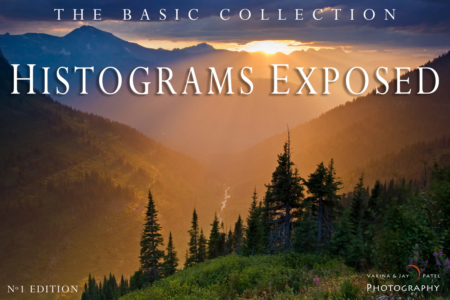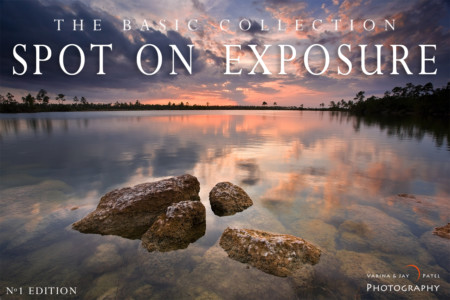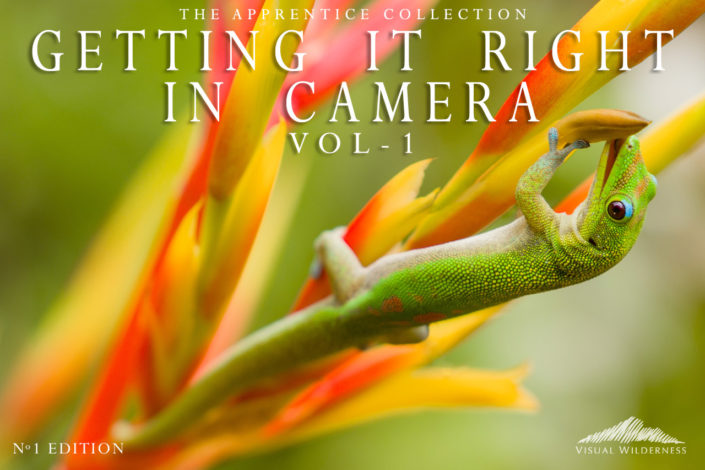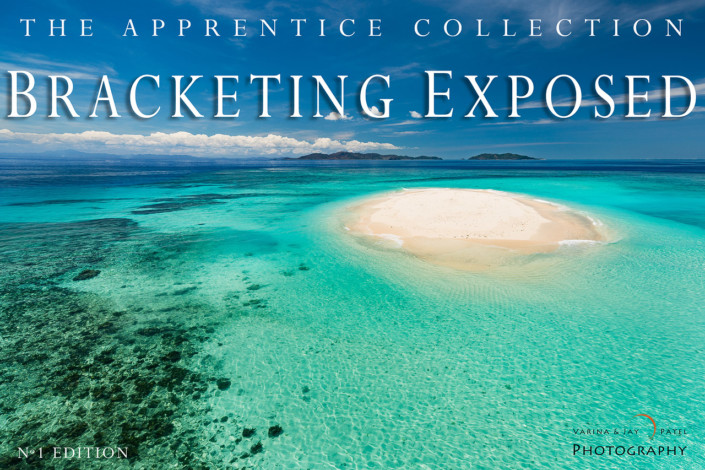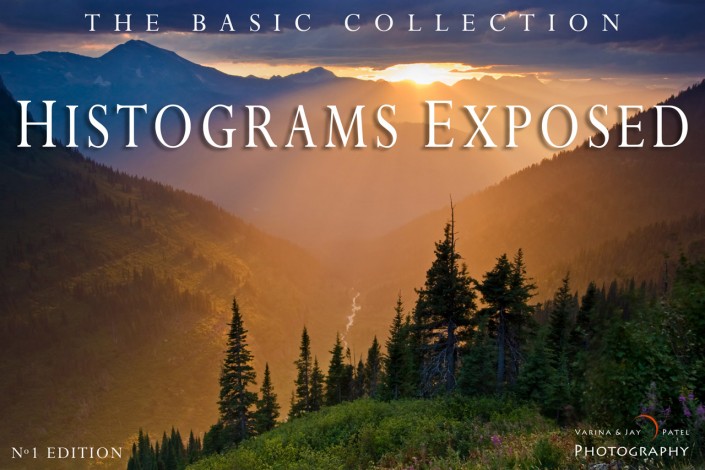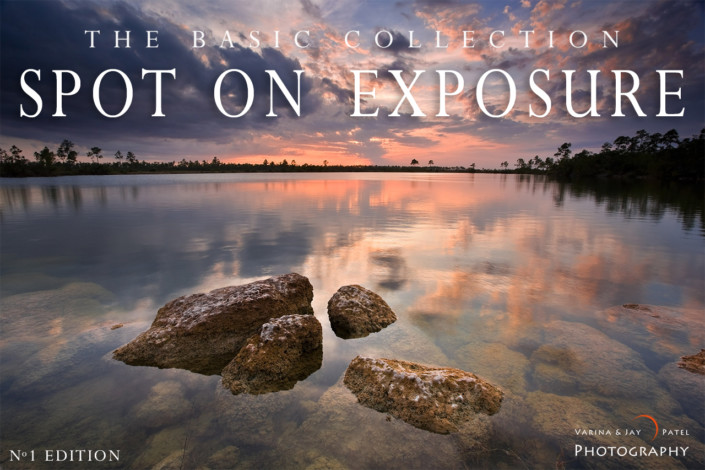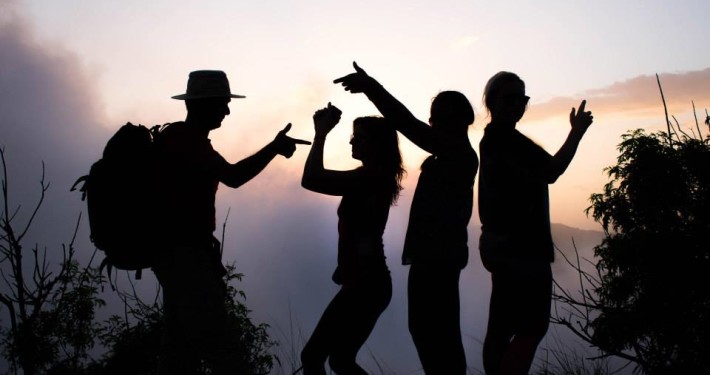Composition: Rules of Composition | Using colors effectively | Creating Mood | What not to include in your photos
Perception: Knowing how your brain works | Defining your point of interest | Creating Impact
The basic rules of composition are a common, and important, lesson. But it is equally important to know when to break those rules. Your goal as a photographer should be to come away with a photo that produces an impact on its viewers. The rules of composition alone don’t guarantee your photographic success.
Composition, color, and mood go hand-in-hand. Color & mood are a vital part of nature and, for landscape photographers, using them is just as important as following the rules of composition.
Even when following the rules of composition, your image may contain distracting or unwanted elements. One of the first things we do when we arrive at a location is to decide what not to photograph along with what we want to photograph.
Perception is what tells you, as a photographer, how others see your images. Understanding how images are analyzed or knowing how the brain categorizes things gives you an advantage in creating an impact with your photographs. To learn more about how the brain works, we recommend some reading on Gestalt principles. These principles explain how the brain breaks a scene down into simple parts. If you’re able to do this, you’ll be able to create incredibly impactful images.
With perception, you also must be able to clearly define your point of interest. A viewer shouldn’t have to ask, “What is this photographer trying to tell me? Is it about the lady bug, the flowers, or the mountain in the background?” The viewer’s attention should be clearly drawn to the true point of interest.
Creating Impact Learning Track


